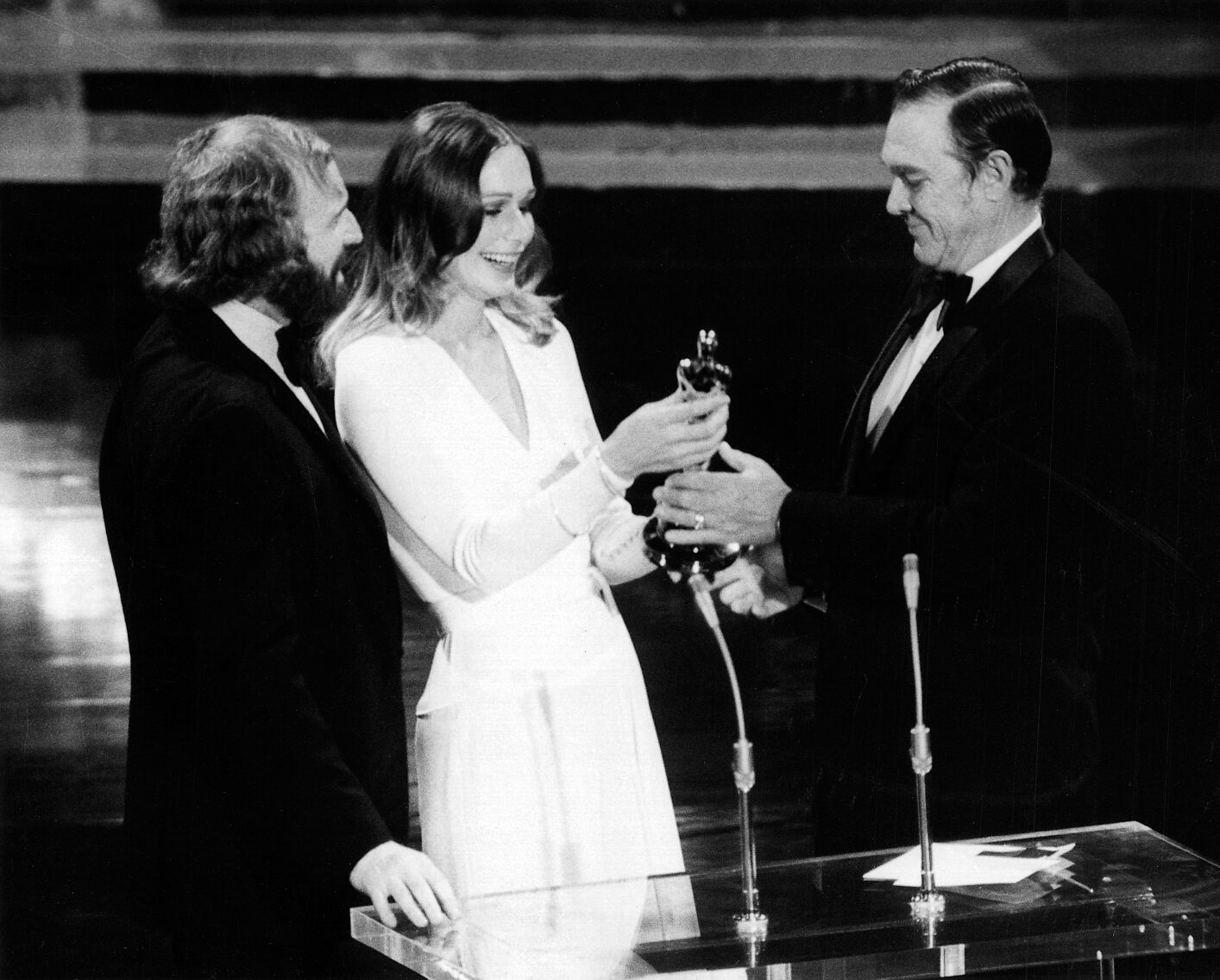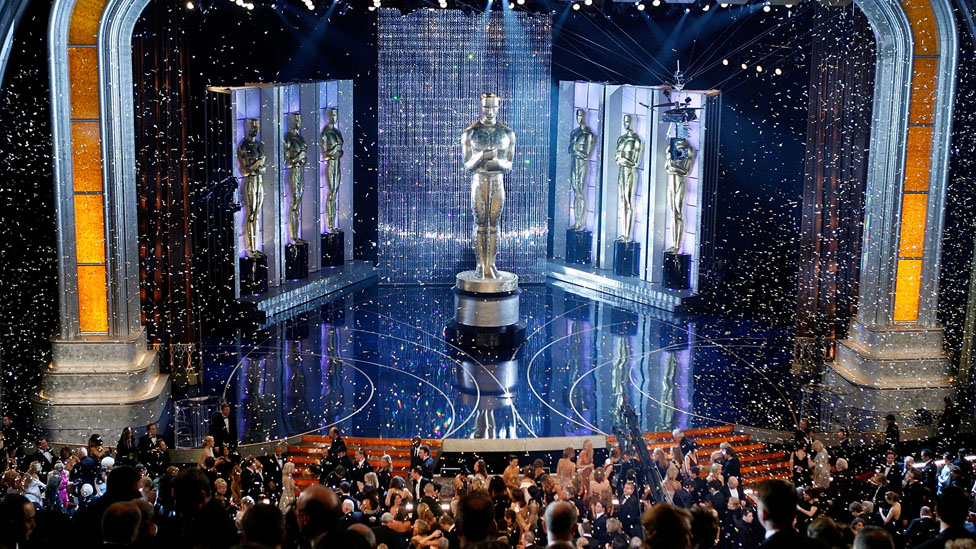The 1972 Oscars were more than just an awards ceremony—they were a cultural milestone, representing the glamour and changing tides of Hollywood. The event remains etched in cinematic history as a night that celebrated not only extraordinary films but also the convergence of old Hollywood legends and emerging stars. Looking back, the unfiltered moments and the electric atmosphere of that evening give us a glimpse into a bygone era of show business.
A Historic Year for Cinema
The 44th Academy Awards were a celebration of some of the most iconic films in cinema history. Among the highlights was The French Connection, which dominated the evening by securing five Oscars, including Best Picture. William Friedkin took home the award for Best Director, while Gene Hackman’s portrayal of NYPD Detective Jimmy “Popeye” Doyle earned him the Best Actor accolade. The film’s intense realism and gripping car chases set a new standard for thrillers, and its success cemented its place in cinematic history.
Gene Hackman, reflecting on the experience, later remarked, “The film was totally different than anything I’d ever done. I’d never shot that much outside, especially in winter, under those conditions. I don’t think I’d ever been pushed as much by a director either, which was really good for me.”
The year also saw Stanley Kubrick’s controversial A Clockwork Orange vying for top honors, captivating audiences with its dystopian narrative. Meanwhile, Peter Bogdanovich’s The Last Picture Show dazzled with its nostalgic black-and-white cinematography and poignant storytelling, earning eight nominations and wins for Cloris Leachman and Ben Johnson in the Supporting Actress and Actor categories, respectively.
:max_bytes(150000):strip_icc()/Historic-Oscar-Venues2-ed2f3e84970449b5a1adb65e44a58b16.jpg)
Glamour Returns to the Oscars
The 1972 Oscars were a dazzling return to Hollywood’s golden age, with stars gracing the red carpet in vintage-inspired elegance. The feathers and bohemian trends of the late ’60s gave way to flowing chiffons, shimmering brocades, diamonds, and furs. While most attendees adhered to classic glamour, Jane Fonda stood out with her bold choice of a pantsuit, making a statement about evolving fashion and societal norms.
A reporter noted the evening was filled with “plenty of cleavage” and vintage Hollywood allure, capturing the essence of an industry reconnecting with its roots while embracing change.

Musical Highlights and Social Commentary
Music played a pivotal role in making the night unforgettable. Isaac Hayes became the first African American to win an Oscar for Best Original Song with his groundbreaking hit “Theme from Shaft.” Hayes electrified the audience with his shirtless, chain-draped performance, delivering one of the most iconic moments in Oscar history. As smoke enveloped the stage and Hayes descended into the floor, the audience erupted in applause, cementing the performance as a defining moment of the ceremony.
Outside the glitz and glamour, the evening wasn’t without its controversies. Protests erupted near the Los Angeles Music Center, with demonstrators voicing concerns about Clint Eastwood’s Dirty Harry, which had drawn criticism for glorifying police violence. The protests served as a reminder of the broader societal tensions of the time, highlighting how art often intersects with cultural and political issues.

Betty Grable’s Poignant Farewell
The ceremony was marked by the bittersweet appearance of Betty Grable, a Hollywood icon whose presence evoked both nostalgia and admiration. Grable, who had been a beloved figure during the 1940s, graced the event in a stunning turquoise gown adorned with silver accents. Her attendance was one of her final public appearances, as she tragically passed away the following year. Reflecting on her journey, Grable famously remarked, “I became a star for two reasons, and I’m standing on them,” a nod to her insured legs and her immense popularity as a pin-up icon during World War II.

A Historic Ovation for Charlie Chaplin
The most emotional moment of the night belonged to Charlie Chaplin, who made a surprise appearance to receive an honorary Oscar for his contributions to cinema. Exiled from the U.S. during the McCarthy era due to accusations of communist sympathies, Chaplin’s return was met with a 12-minute standing ovation—the longest in Academy history. As the 82-year-old legend stood on stage, his humility and gratitude resonated with everyone present. “Oh, thank you so much. This is an emotional moment for me. And words are so feeble and futile. Thank you for the honor of inviting me here. You are wonderful, sweet people,” Chaplin said, his words capturing the poignancy of his return.
A Night of Transition
The 1972 Oscars represented a bridge between old and new Hollywood. While icons like Jane Russell and Betty Grable reminded audiences of the industry’s golden age, emerging stars such as Gene Hackman, Cloris Leachman, and Jack Nicholson brought fresh energy to the proceedings. Raquel Welch, dazzling in her role as a presenter, symbolized the shifting ideals of femininity and empowerment in Hollywood.
One photograph from the evening that captures this transition features Gene Hackman, Cloris Leachman, and Raquel Welch together. Leachman held her Best Supporting Actress Oscar, Hackman basked in the glow of his Best Actor win, and Welch exuded confidence and glamour. The image encapsulates not only the achievements of that year but also the broader cultural shifts taking place in the industry.
Behind the Lens of Change
The films honored at the 1972 ceremony reflected a changing Hollywood, moving away from formulaic storytelling toward more diverse and complex narratives. The inclusion of films like The French Connection and A Clockwork Orange signaled a willingness to tackle grittier, more challenging themes. Meanwhile, the ceremony itself retained the magic and allure that made the Oscars a cherished institution.
From the timeless elegance of the red carpet to the groundbreaking achievements celebrated on stage, the 1972 Oscars remain a testament to the power of cinema to inspire, challenge, and unite. As the evening unfolded, it became clear that this was more than just an awards show—it was a celebration of an art form that continues to evolve while honoring its rich history.

A Legacy of Inspiration
The 1972 Academy Awards stand as a beacon of Hollywood’s ability to blend tradition with innovation. With unforgettable moments like Isaac Hayes’s soulful performance and Charlie Chaplin’s triumphant return, the ceremony captured the spirit of a transformative era. It was a night where stars shone brightly, and the magic of cinema took center stage, leaving an indelible mark on the history of film. For those who were there or watched from afar, it was an evening that truly defined Oscar magic.
